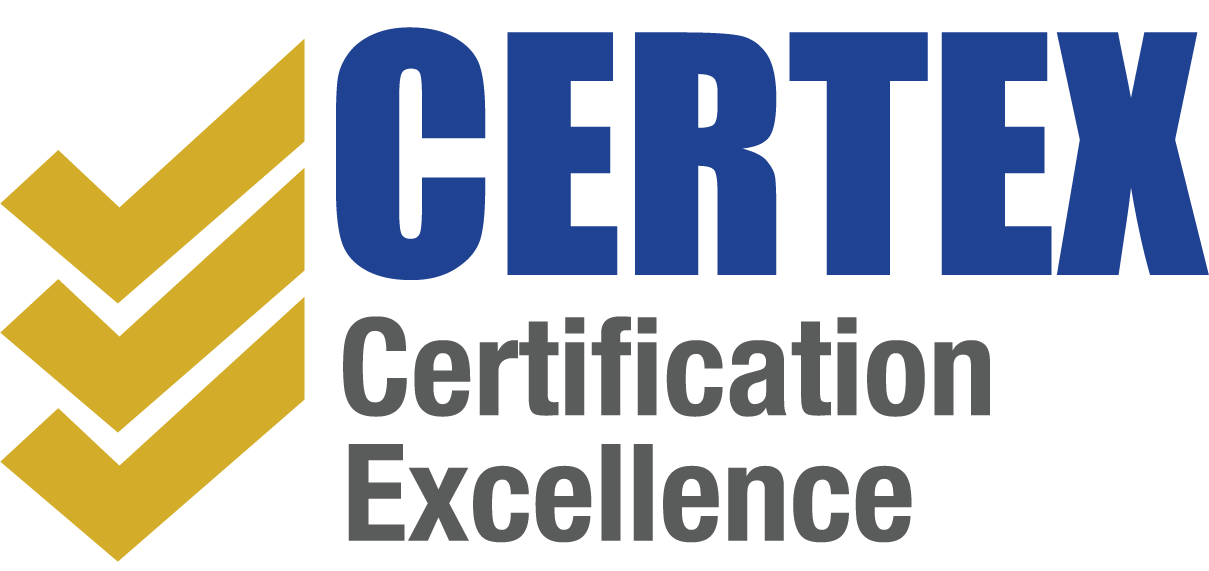Talent Management – Churning through staff churn
What Is Staff Churn?
Staff churn, or a high staff turnover, is a (stomach-churningly) significant problem – and ironically, one that is particularly significant in the recruitment industry.
While the turnover rate is 29% in retail and 31% in hospitality, the staff churn rate in the recruitment industry is 43% - nearly half of the entire industry. This means that nearly a whole office of recruiters is replaced every 2 years.
This is unsustainable, and threatens the recruitment industry as a whole, as well as individual agencies.
Why Is It A Problem?
Staff churn creates a number of overlapping problems for the recruitment industry:
- The first is the direct consequences of having a high staff turnover - the agency’s reputation takes a hit, it is costly and time-consuming, it erodes long-term morale in the workforce, and it destroys productivity.
- Secondly, as a result of the first problem, recruitment agencies are missing an important opportunity to deliver high value add services to clients and thereby also missing an opportunity to lock clients in to work with them.
This may be because (as a result of the high turnover) there are poor recruitment and placement practices in place, and staff members are often new and not fully-trained.
- Thirdly, and in some ways perhaps most significantly, the high turnover limits the capacity of the industry to develop and mature.
This results in lower skill level, business that is kept transactional, and interactions that become stagnated at a person-to-person level rather than developing into business-to-business relationships.
Why Does This Happen?
There are a variety of reasons that the turnover rate is particularly high in the recruitment industry, including:
- Minimum or inadequate training of new employees;
- A highly time-pressured environment where employees are anxious to make a sale in order to keep their job
- High targets, coupled with unclear guidance about how to achieve them
- Poor support
- Recruitment sometimes being used as a pathway into another industry or career
- It seems that the main problem is not with hiring the right people, but with management being able to retain staff.
The Solution
Recruitment agencies need to focus on making the industry attractive so that people will want to stay on. Once this is done, they will be in a better position to improve management of talent for their clients.
This can be achieved by focusing on talent management.
In their State of Talent and Assessment research, the Hay Group found that business leaders of Australian and New Zealand companies are “unsure about the critical attributes employees need to succeed in the long-term and don’t think their current assessment processes help them uncover future potential”.
Recruitment companies often seem to be uncertain about what will make their business successful – should the focus be on sales? Relationships? The output process? Accuracy? Compliance? And should the focus be on the short-term profit and loss, or the long-term sustainability of the business?
There is also great uncertainty about how to retain talent, or a lack of awareness that talent management is crucial. This can mean that the industry as a whole is unsure of where it’s headed, and how to get the most out of its employees.
What Is Talent Management?
The term ‘talent management’ has been around for decades, but it is often dismissed as a buzzword, or “another one of those pesky Human Resources terms”. It’s actually much more tangible than that.
Talent management is an approach which focuses on managing and retaining talent that matches the company’s current and future needs.
More specifically, it can involve:
- Knowing who you need and selecting accordingly
- Knowing the future needs, not just today’s
- Using a range of tools, including psychosocial tools
- Proactively managing everyone’s capabilities
- Identifying the best and working specifically to keep them
- Providing the right support
- Using the right tools
- The Talent Management module of the People and Talent Management Standard (PTM) deals directly with these topics. The module involves identifying your company’s short and long term needs, managing performance, and encouraging retention and growth.
The module provides a framework for developing and retaining good talent, which will assist you to create a work environment which fosters employee growth and encourages retention.
Recruitment is not just about cold-calling – to be successful, it needs to involve a deeper understanding of the industries involved, thorough training, and a rapport with various businesses.
It can be an exciting and fulfilling career when employees are retained long enough to build one, and given the right support through Talent Management processes.
Find Out More
- Would you like to attend a webinar on Talent Management? Please visit: http://www.itcra.com/events/event/defining-the-future-webinars-the-three-key-essentials-to-keeping-your-staff-parts-1-2-3
- Would you like to find out more about the People & Talent Management Standard? Please visit http://certex.com.au/people_and_talent_management
- To find out more about becoming certified in the People & Talent Management Standard, please do not hesitate to contact Dianne Gibert, Managing Director of Certex International Pty Ltd.

